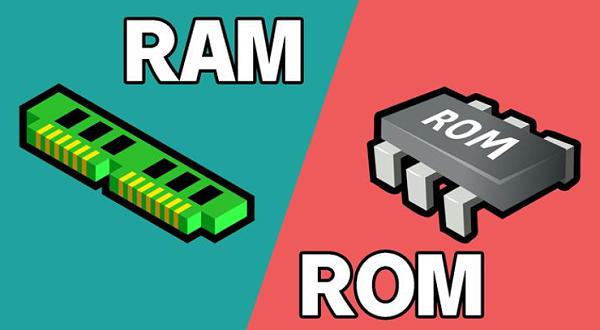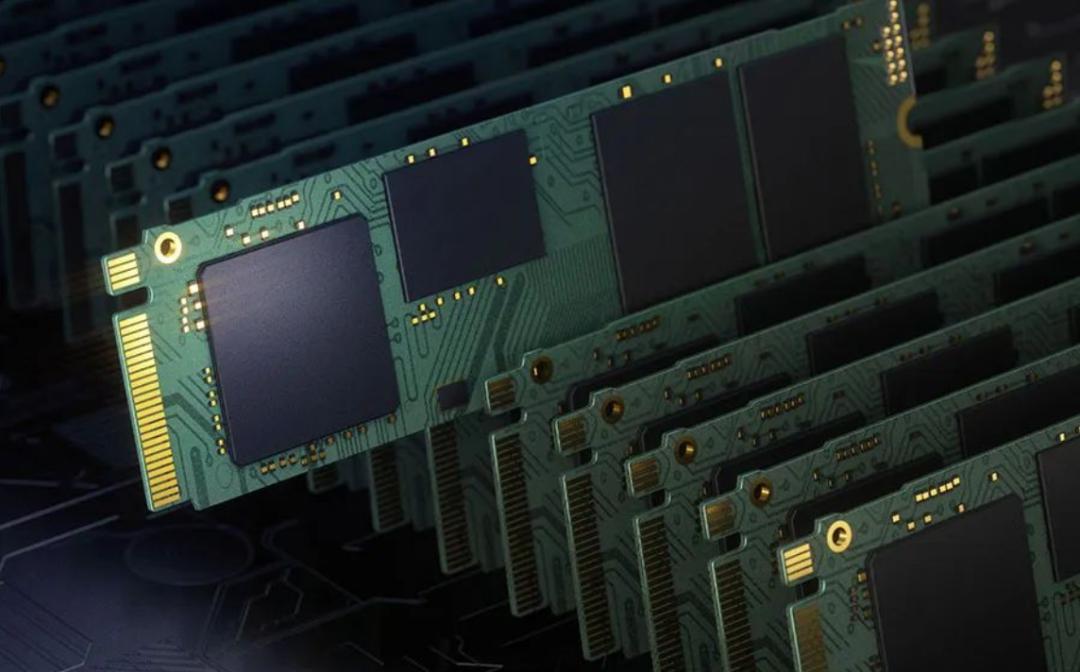Navigating the World of Storage Chips: A Deep Dive into Types, Trends, and Key Players
Introduction
With the rapid development of AI and big data, the demand for data storage has surged. Storage chips, as the critical carriers of data, have attracted significant attention for their technological advancements and market trends. Building upon the previous discussion, this article delves deeper into the types of storage chips, market trends, and the competitive landscape.
Types of Storage Chips
1. Random Access Memory (RAM)
RAM is volatile memory, meaning that stored data is lost when power is turned off. It is used to store data and program instructions that the CPU is currently processing, enabling direct data exchange with the CPU. RAM offers fast read and write speeds, serving as a temporary data warehouse in computer systems. RAM can be categorized into DRAM and SRAM.
● DRAM (Dynamic Random Access Memory): DRAM is the predominant type of RAM, offering large storage capacity but slightly slower read and write speeds compared to SRAM. It is used to store temporary data such as running programs and processor caches, and is widely used in the memory of computers, smartphones, and other devices. DRAM's high-speed read and write capabilities ensure smooth system operation. Major types of DRAM include DDR, LPDDR, GDDR, and HBM.
● SRAM (Static Random Access Memory): SRAM offers faster speeds but higher costs. It is often used for cache memory. SRAM does not require periodic refreshing and is faster than DRAM, but it is more expensive and has a smaller capacity. It is commonly used in high-speed caches such as the level 1 and level 2 caches of a CPU. The high speed of SRAM significantly improves the CPU's data access speed.
2. Read-Only Memory (ROM)
ROM is non-volatile memory, meaning that stored data is not lost when power is turned off. The data in ROM is typically pre-programmed and can only be read, not written. It is used to store fixed programs and data, and once written, it is difficult to change, making it suitable for long-term storage.
● EPROM (Erasable Programmable Read-Only Memory): Data in EPROM can be erased by exposure to ultraviolet light and then reprogrammed. It is primarily used in the BIOS chips of early computer systems and in scenarios where data needs to be modified infrequently.
● EEPROM (Electrically Erasable Programmable Read-Only Memory): EEPROM can be erased and reprogrammed using an electric current, making it more convenient to operate. It is widely used in applications that require frequent data updates, such as configuration storage in electronic devices.
● Flash Memory: Flash Memory is a type of ROM widely used in USB flash drives, solid-state drives, and other devices. It can be erased and programmed in blocks, offering high flexibility and reliability. It can be divided into NAND Flash and NOR Flash. NAND Flash has high storage density and lower cost per bit, making it suitable for large-capacity storage. NOR Flash offers faster read speeds and is suitable for code execution and small-capacity storage.
Market Mainstream Storage Technologies
DRAM Market
The DRAM market is primarily composed of mainstream DRAM and niche DRAM. Samsung, Micron, and SK Hynix are the leaders in the mainstream DRAM market, while Chinese companies such as GigaDevice and Beijing Junzheng are making progress in the niche DRAM market.
NAND Flash Market
The NAND Flash market is dominated by Samsung Electronics, Kioxia, SK Hynix, Western Digital, and Micron Technology. The industry has a high concentration, resulting in a stable competitive landscape. NAND Flash is widely used in various storage products and is a core component of the storage chip market.
Popular and Trending Storage Products

HBM achieves extremely high bandwidth and memory density by stacking DRAM chips, meeting the extreme data processing speed requirements of AI and HPC (High-Performance Computing). With the rapid development of AI, big data, and cloud computing, the demand for HBM has surged. Its high technical complexity, bandwidth, and capacity have made it the preferred memory solution for high-end servers and GPUs. Additionally, the production challenges and limited market supply have led to high prices, making HBM the most profitable storage product at present. It is expected that in the coming years, as technology matures and production increases, the share of HBM in DRAM production capacity and value will continue to rise, with increased market penetration.
DDR5 DRAM offers significant improvements in bandwidth, speed, energy efficiency, and capacity compared to DDR4. As the new generation of memory standards, DDR5 has started to be adopted in high-end servers, workstations, and some high-end PCs, and is expected to gradually replace DDR4 as the mainstream.
Current State of the Storage Industry
Driven by the demand for artificial intelligence, high-performance computing, and data centers, the storage chip industry is experiencing rapid growth. In the international market, countries and regions such as South Korea and the United States hold leading positions. While the Chinese storage chip industry started later, it has developed rapidly in recent years, driven by government support and market demand. A number of competitive companies have emerged, including Lanchip Technology, Jiangpo Long, Baiwei Storage, De Mingli, and GigaDevice. Chinese companies have made significant progress in technology research and development, production capacity construction, and market expansion, gradually narrowing the gap with international giants and gradually occupying a place in the global storage market.
Future Outlook
Storage chips will continue to evolve towards higher speeds, larger capacities, lower power consumption, and higher reliability. Emerging storage technologies such as 3D XPoint and MRAM (Magnetoresistive Random Access Memory) promise to bring about revolutionary changes. Traditional storage products like DRAM, NAND Flash, and NOR Flash will continue to play important roles, while high-performance storage products like HBM and DDR5 will have broader development opportunities. At the same time, domestic storage companies will face more opportunities and challenges, requiring them to continuously strengthen technological innovation and product upgrades to maintain competitiveness in the global storage market.
Conclusion
As the cornerstone of information technology, storage chips are of paramount importance. In the context of explosive data growth, the storage chip market will witness further innovation and transformation. In the future, with technological advancements and continued market demand, the storage chip industry will embrace even broader development prospects.
Conevo Storage Chip Wholesale
● AMD XCF02SVO20C0100, Configuration PROM, storage capacity 2MB, mainly used for FPGA configuration storage. Allows users to store FPGA configuration data in external memory for loading when the system is powered on. This configuration is useful for applications that require frequent changes to the FPGA configuration or want to update the FPGA configuration during production.
● Alliance Memory, Inc. AS4C8M32MSB-6BINTR is an SDRAM memory IC with a volatile memory type and a storage capacity of 256Mb. The AS4C8M32MSB-6BINTR is typically used in applications that require high-speed, low-power SDRAM.
● Micron Technology Inc. MT29F16T08GSLCEM9-QB:C is a NAND flash memory IC. The NAND flash memory chip has a storage capacity of 8GB, storage technology MLC, operating voltage 3.3V, and GA package. The MT29F16T08GSLCEM9-QB:C is suitable for storage solutions requiring high capacity, fast read and write, and low power consumption.
Website: www.conevoelec.com
Email: info@conevoelec.com








